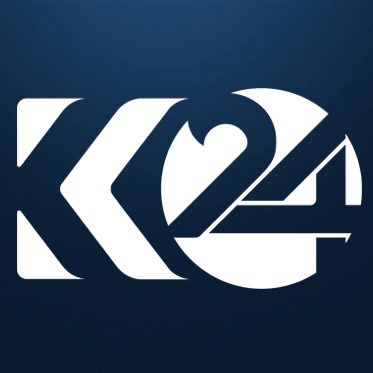Depression, lack of sanitation, warm shelter more damaging than earthquake
.jpeg)
ERBIL, Kurdistan Region (Kurdistan 24) – Lack of access to adequate sanitation and increasing mental health issues have added to the problems for the homeless earthquake victims in Iranian Kurdistan (Rojhelat) who are struggling to get through the winter, locals told Kurdistan 24.
People who were stripped of their shelters overnight because of a natural disaster that occurred 30 days ago are striving to stay physically and mentally healthy since the Iranian government has failed to provide them with weather-appropriate necessities and adequate access to hygiene.
Experts say those affected by the crisis need at least one toilet per 20 people and a shower head per 50 people, but the dire situation of earthquake victims is far below the standards.
“People feel neglected and forgotten both by the officials and the rest of the country,” civil rights activist Golriz Jalali told Kurdistan 24.
“A prevailing sense of despair has dominated the families staying in tents under the rain who still feel aftershocks of the earthquake,” Jalali added. “We need therapists, and we need appropriate shelters.”
On Nov. 12, a 7.3-magnitude earthquake struck both Iran and Iraq, but the Kurdish region of Iran bore the brunt of the overall destruction and casualties.
“We are cold. Our children are cold. We are stuck in mud and slush. The government does not help,” a young Kurdish woman told Kurdistan 24.
“We don’t have heat. We don’t have electricity. Our lives and especially children’s lives are in danger,” a man told Kurdistan 24.
Locals said if they do not build shelters immediately, the winter will cause more damage than the earthquake itself.
.jpg)
In fact, even Iran’s supreme leader criticized the government’s response to the earthquake during a visit to the scene of the disaster.
Ayatollah Ali Khamenei said many people involved in the rescue and relief operations had performed well, but he was “not satisfied.”
The earthquake completely leveled two villages. An estimated 15,000 houses were destroyed, leaving some 70,000 people homeless and faced with a bleak future as temperatures drop.
Iranian President Hassan Rouhani had also traveled to the affected region, promising the government would do everything in its power to help the survivors.
A viral video on social media showed people booing when President Rouhani claimed the Iranian Revolutionary Guards Corps (IRGC) had rescued civilians.

Iranian state-run media declared that the earthquake killed over 500 in the Kurdish regions of Iran, but locals told Kurdistan 24 the real number was closer to 3,000.
“In my village alone, 500 died. We lost a lot of relatives in other villages too. People here believe at least 3,000 have died,” Karim Mohammad from Salmas, Kermanshah Province, told Kurdistan 24.
Mostafa Eliassi, whose village was destroyed and who lost numerous relatives, also told Kurdistan 24 the official government statistics were unreliable. “I can guarantee that more than 2,000 have died.”
People who spoke to Kurdistan 24 complained that the Iranian government has been slacking on sending aid while Kurds in other cities and some Iranians have been generous with sending food, blankets, and tents.
Editing by Karzan Sulaivany

